Forest is a national treasure of Belarus, and occupies a third of its territory. The forests here are mixed, rich in a variety of plant species. Not surprisingly, mushroom picking has a special place among local residents. Ecotourism is quite popular in this area, the object of which is mushrooms. Almost all year the edible mushrooms of Belarus delight mushroom pickers, whose photos and descriptions need to be studied before the planned harvest.
Content
Spring Varieties of Edible Mushrooms
Harvesting spring mushrooms can begin as early as the month of April. The first copies that can be found in the spring are lines and morels. They have a bizarre, unusual shape. The following types are distinguished:
- The line is ordinary. In Western countries, the use of stitches is not recommended, since they are toxic. In the post-Soviet space they are distinguished as conditionally edible. Experienced mushroom pickers gather lines in the forests of Belarus, observing all safety precautions. This species has a hollow hat of brown or brown shades and in shape resembles wavy folds with a diameter of 10 centimeters.
A small leg, up to 3 centimeters high, is also hollow, wrinkled, and painted white or beige. At the end of March and until the beginning of April, the ordinary line has a fresh, not saturated aroma. But closer to May gets a strong mushroom smell. It is important to properly prepare the ordinary line for use in food, since it contains a toxic substance - gyromitrin. There are two ways to process ordinary lines.
The first is that they are boiled for at least 30-40 minutes in a large amount of water. Then the broth must be drained, and rinsed with running water. Next, the lines are filled with clean water and boiled for about 15-20 minutes.
Advice!A more reliable method of processing is continuous drying at high temperature or at least 6 months in fresh air. In this case, the toxin evaporates completely. - The line is gigantic. This species is very similar to an ordinary line and grows at one time of the year. The difference is that in the giant line the hat is less wrinkled, has a lighter shade and reaches a size of about 30 centimeters.
They also have a different structure of spores. Gigantic lines grow in both coniferous and deciduous forests. The method of processing this mushroom is the same as that of an ordinary line. Often this mushroom is used to make mushroom powder.
-
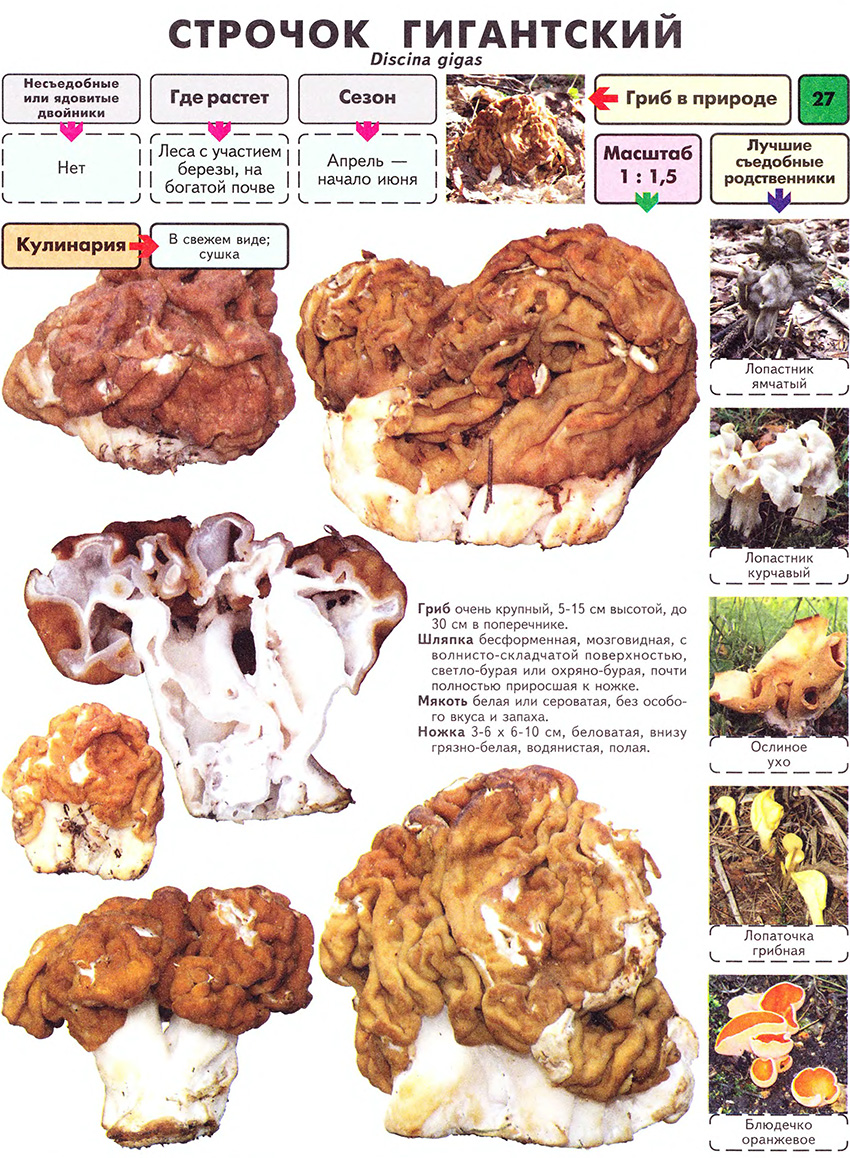
Giant stitch - Morel ordinary. This species is absolutely safe and edible, unlike similar lines. Morel may contain a small amount of toxin, which is easily eliminated completely during processing. It is lightweight because it is hollow inside. The mushroom cap is elongated and has an ovoid shape, sometimes flattened, or spherical. The diameter of the cap can reach 8 centimeters. As it grows, the color of the hat becomes darker.
The structure of the morel cap is uneven, and consists of wrinkled, rounded hollows (cells) of various sizes. The leg is not even, thickened at the base and has a cylindrical shape. The length of the legs is 5-8 centimeters, and the width is 3 centimeters. Its color is light beige, but as it grows older it becomes darker.
You can find morel ordinary, beginning in late April in mixed or deciduous forests, mainly in warm and bright places. Typically, this species grows in groups.Morel has a light mushroom aroma and light fragile flesh. Morel does not require long cooking - just 15-20 minutes. It has a delicate taste and is suitable for any dishes.
- Morel hat. In early spring, as soon as the snow melts, in the forests of Belarus you can meet a morel mushroom cap. Usually he appears in mid-April. This type of morel prefers deciduous forest with good lighting. It is conditionally edible and requires mandatory boiling before use. The broth necessarily merges, and the mushrooms are washed with running water.
Morel cap looks very similar to ordinary morel, and differs in that the cap is fastened with a leg as in most species - to the leg at the apex. Morel ordinary has a different method of attachment - on the lower edge. Morel grows about 16 centimeters in height. The width of the hat is about 5 centimeters, and the height is 3-5 centimeters. The leg is quite high and thin, pale yellow in color, reaches 10-13 centimeters in length and 2 centimeters in width. The pulp does not have a sharp mushroom aroma.
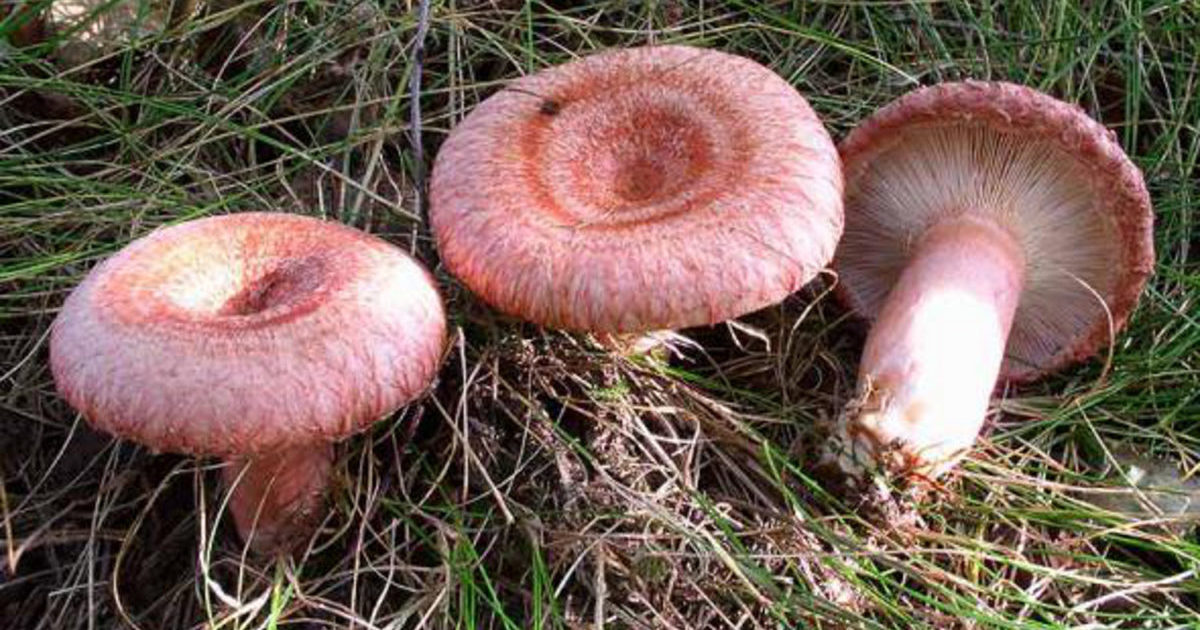 You may be interested in:
You may be interested in:Summer types of mushrooms in Belarus
The climatic conditions of Belarus are suitable for the growth of a variety of mushrooms, even in dry summers. The soil in the forests is saturated with essential nutrients and well moistened. In the summer in the forest you can find a variety of edible, conditionally edible, as well as poisonous specimens.
The most popular edible species are:
- White mushroom, or boletus. The well-known White mushroom, also known as Borovik, has excellent taste and useful properties. Boletus begins to grow from late May - early June to the end of November. Borovik grows well in coniferous, deciduous and mixed forests. An exception is swampy soils and peatlands. As a rule, boletus grows in groups. The boletus hat is brown and brown in color and grows up to 8-35 centimeters.
In a young specimen, the hat has a convex shape, later it becomes flatter. The surface of the cap is rough, dense and practically does not separate. In rainy weather, a layer of mucus forms on the hat. The bottom of the cap is dense, light yellow in color and resembles a sponge in structure. The pulp has a white color, it is fleshy, dense in structure, and has an excellent mushroom aroma.
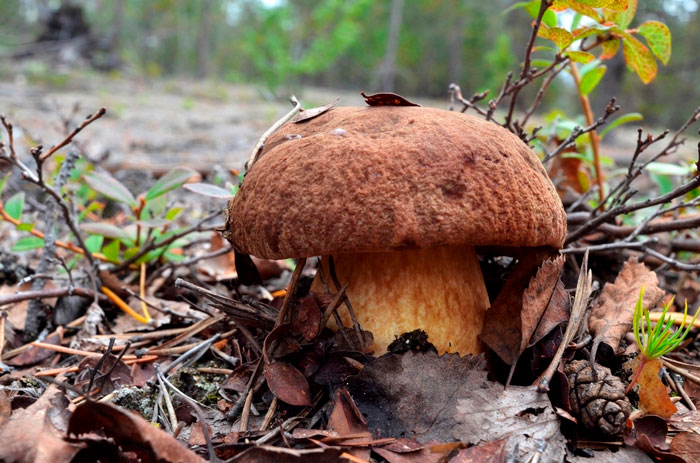
Boletus edulis pine The length of the legs is, on average, 12-14 centimeters, sometimes reaches 25 centimeters. The diameter of the legs grows to an average of 8 centimeters, and in shape resembles a barrel. The structure is dense, and the color is white or brown. It contains many nutrients, minerals and vitamins, while it has a low calorie content. The cooking methods are varied. When dried, it retains its aroma and white color.
- Boletus. This representative of the mushroom kingdom is slightly smaller in size than boletus. It begins to grow from the end of May-June until October. For the boletus, the bright color of the domed cap is characteristic. The hue of the hat is red-orange. The hat is velvety to the touch. The body is quite dense and juicy. A characteristic feature of the boletus is that its flesh quickly blackens at the cut.
The leg has a white-gray color and is covered with small scales. Despite the fact that the smell of the boletus is not pronounced, it has excellent taste and is suitable for any cooking method. Boletus quickly deteriorates, so it requires speedy processing. The peel from the cap is removed and cooked for up to 30 minutes.
- Chanterelles. The shape of the chanterelle is bizarre and unusual. These mushrooms reach 10 centimeters in height and 8 centimeters in width. So, a hat with a leg is one fruiting body. The color of the chanterelles is diverse, from light yellow to bright orange.Chanterelles in Belarus are quite popular, as the climatic conditions are ideal for them.
They grow in large clusters, often on stumps. The cap of the chanterelle in shape resembles a funnel and smooth to the touch, and the edges are wavy. The bottom of the hat consists of thin, often located plates. The leg has a fibrous structure and is soft to the touch. Chanterelles have a delicate fruity aroma and pleasant taste. Chanterelles are not damaged by parasites. Very tasty in salted form.
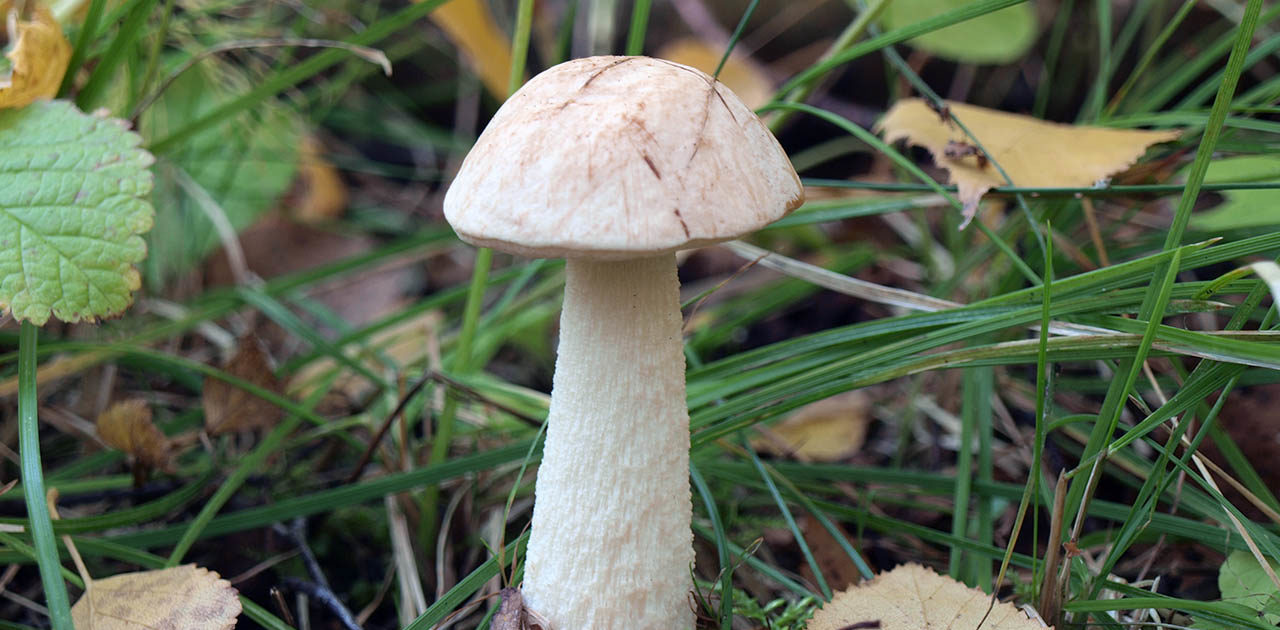 You may be interested in:
You may be interested in:Autumn mushrooms of Belarus
Autumn is the height of the mushroom picking season. Those that began to grow in the summer have already gained strength. Many mushrooms appear with the last warm days. For the autumn period, the appearance of species such as:
- Autumn mushrooms. Also known as honey agaric. They appear in early autumn. Honey mushrooms reach sizes from 11 to 23 centimeters. The legs of honey agarics are thin, about 2 centimeters in diameter and have a yellow-brown color. Since honey agarics grow nearby in large numbers next to each other, their legs are fused at the base.
Autumn honey agaric has a tan hat, about 15 centimeters in diameter. The shape of the hat is in the form of a hemisphere and is covered with small scales of brown color. A thin ring connects the cap to the leg, which breaks with growth, but remains fragments on the leg. Autumn mushrooms are delicious salted, as well as cooked in any other way.
- Flywheel. Such autumn mushrooms, such as mushrooms, are quite common in the forests of Belarus and have excellent aroma and taste. The hat near the flywheel is dry and slightly rough to the touch, covered with slightly noticeable cracks. Hats can be up to 12 centimeters in size. In the rainy season, the hat may be sticky. The color of the hat is yellow, or reddish brown.
The foot of the flywheel is dense, may be yellow or red. The length of the legs, on average, is 10 centimeters and has the shape of a cylinder. At the cut, the leg can turn blue. When collecting the moss, you need to pay attention to the fact that they do not have mold characteristic of them, since it is toxic. Also, the flywheel is not to be dried. The best way to cook is roasting or salting.
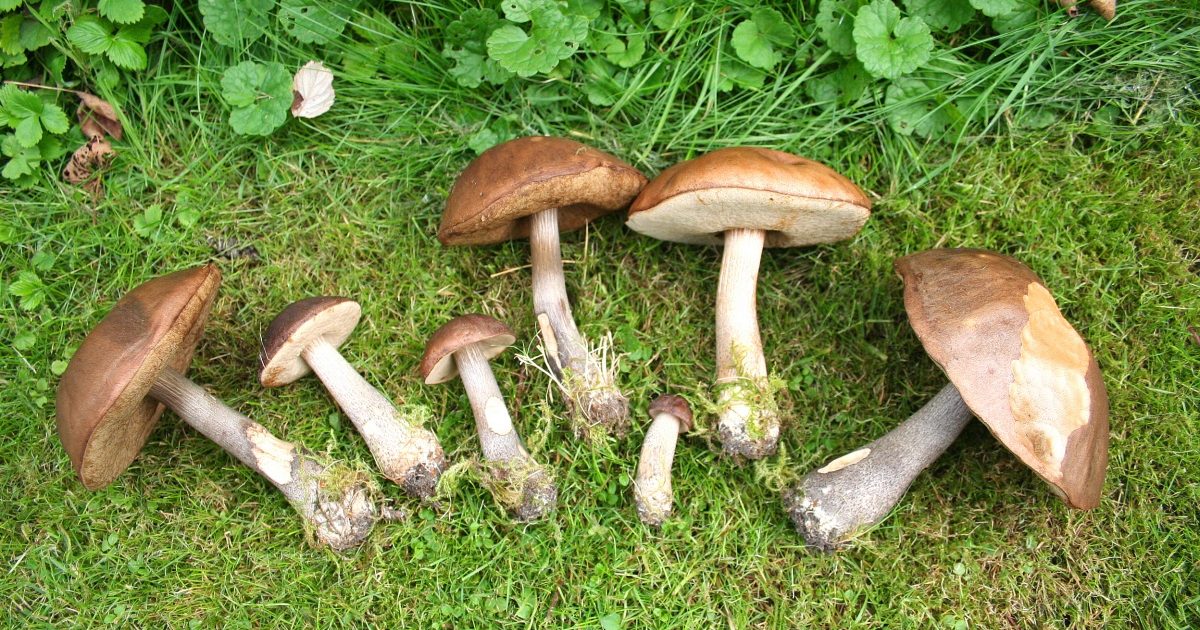 You may be interested in:
You may be interested in:The most dangerous inedible and poisonous counterparts
To make the collection fun, it is very important to remember that the forests of Belarus are not only full of edible mushrooms, but poisonous. It is necessary to carefully study the characteristic signs of dangerous inedible and poisonous doubles. The following poisonous species are distinguished:
- Death cap. Everyone knows that this mushroom is poisonous and deadly to humans. Pale grebe can be fatal. The cap of a pale toadstool is slightly convex in shape and has a gray or olive hue. The pulp is white, odorless and taste neutral. The leg is of a pale toadstool of white color and has a characteristic thickening inherent only to it at the base.
- False Foam. The first thing you need to pay attention to is the lack of a characteristic ring on the leg. So, a false-domed, red-yellow, or orange hat with a darker center is characteristic of a false foam. The foot of the false foam is hollow, and has a fibrous structure. The pulp is yellow and has a pungent smell, and the taste is bitterness.
- Amanita muscaria. Very bright and easily recognizable fly agaric is also a dangerous species for humans. The bright red hat is covered with white scales, the white leg has a cylindrical shape and a characteristic thickening at the base.
The best gathering places
Almost all over Belarus you can pick mushrooms. There are many different maps and sources, indicating where and what species grow in abundance. For boletus, it is better to go to Borisovsky, Minsk, Smolevichi districts.
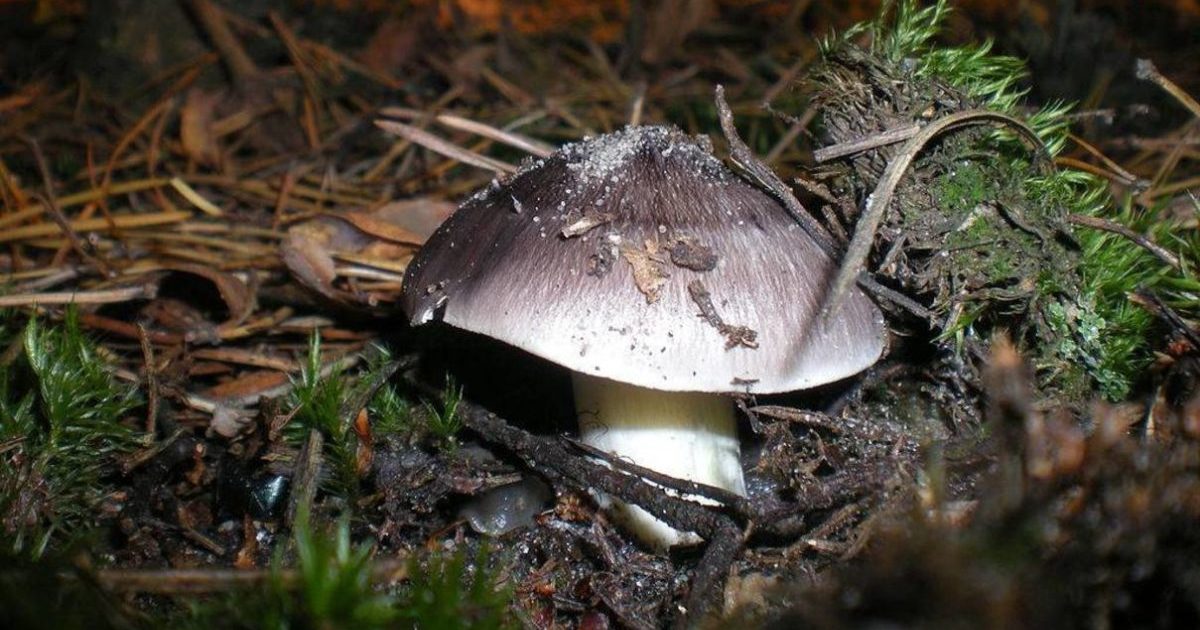 You may be interested in:
You may be interested in:Ordinary fox can be found in abundance in the Berezinsky, Volozhinsky, Stolbtsovsky districts. Fans of autumn honey must certainly look into the Logoisk, Minsk, Volozhinsky areas. It is better to look for boletus in Luban and Vileika.
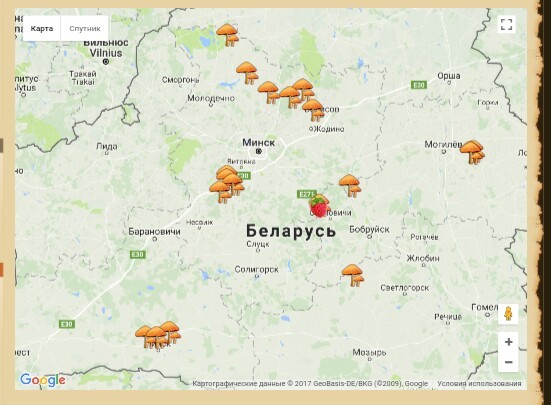
The best places for gathering are mixed forests that are well-lit and ventilated. Since the territory of Belarus is quite large and rich in forest land with a diverse type of trees, everyone can find a view to their taste.
Answers to widespread questions
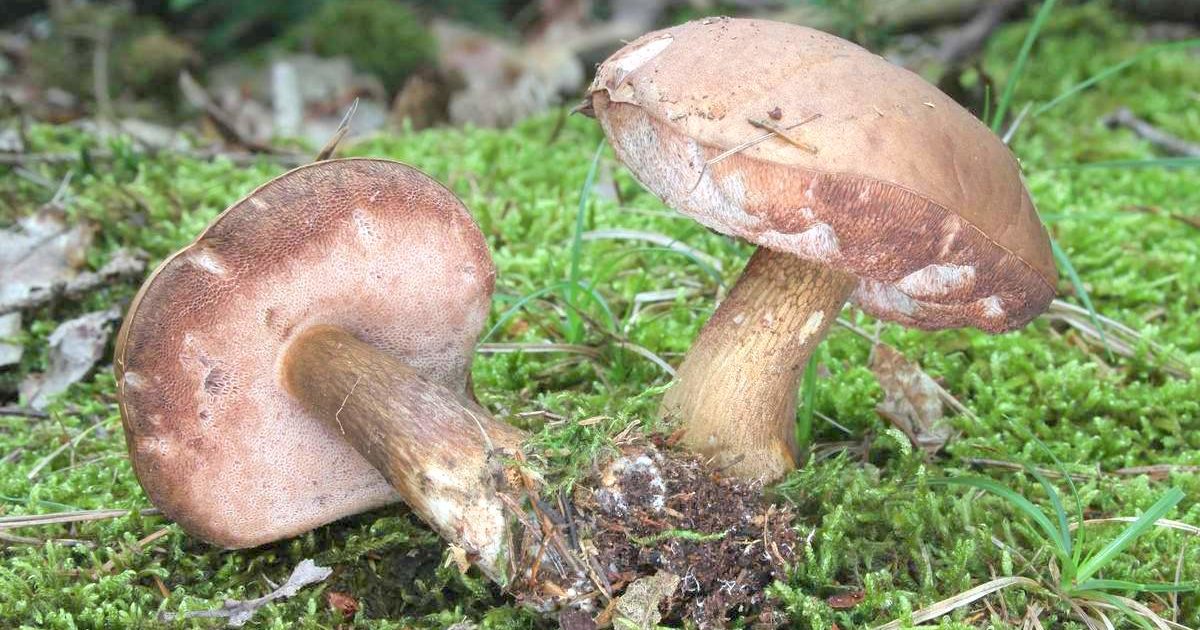 You may be interested in:
You may be interested in:This article lists only the main and most famous species of edible and non-edible poisonous mushrooms. In the forested lands of Belarus, even a sophisticated mushroom picker will not leave with an empty basket. It is noteworthy that climatic conditions make it possible to collect them almost the whole year.


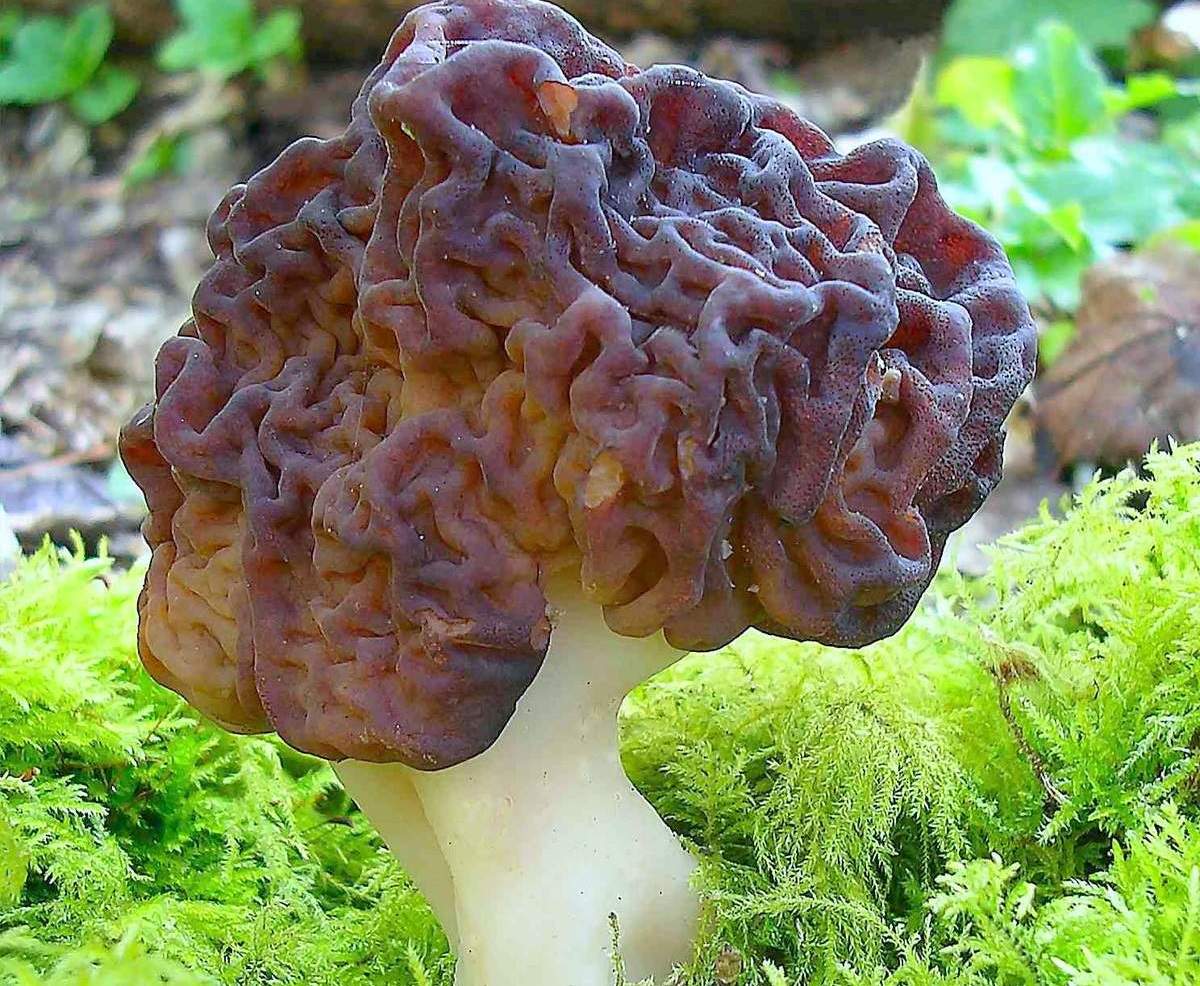
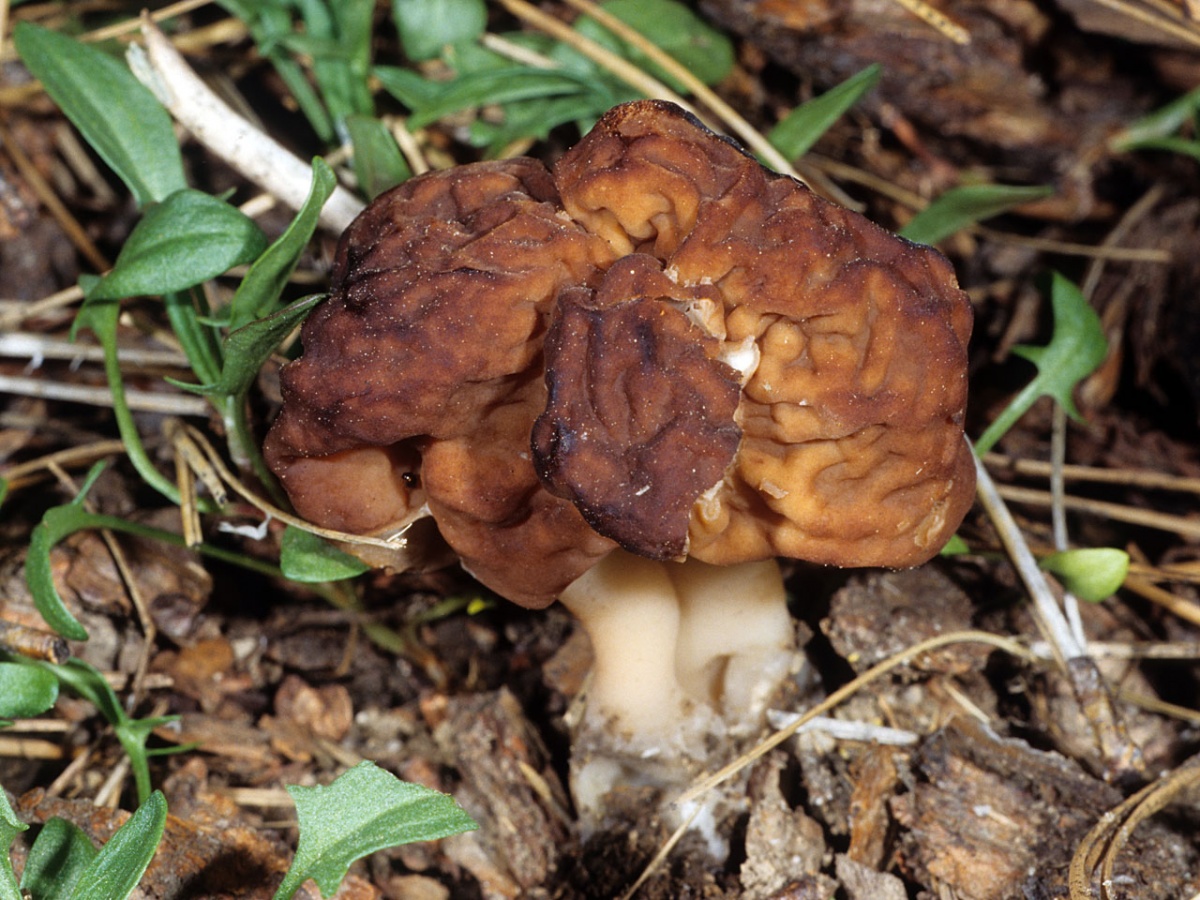
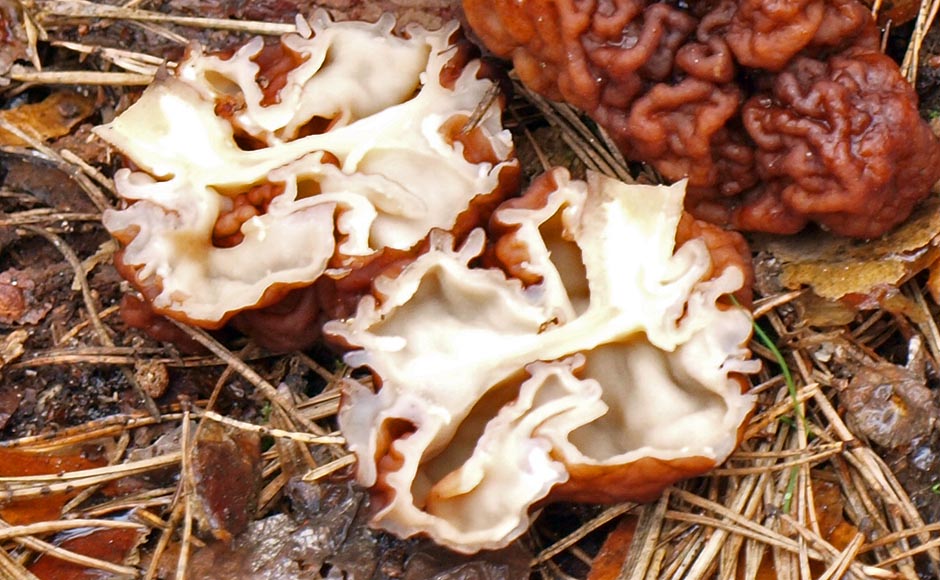
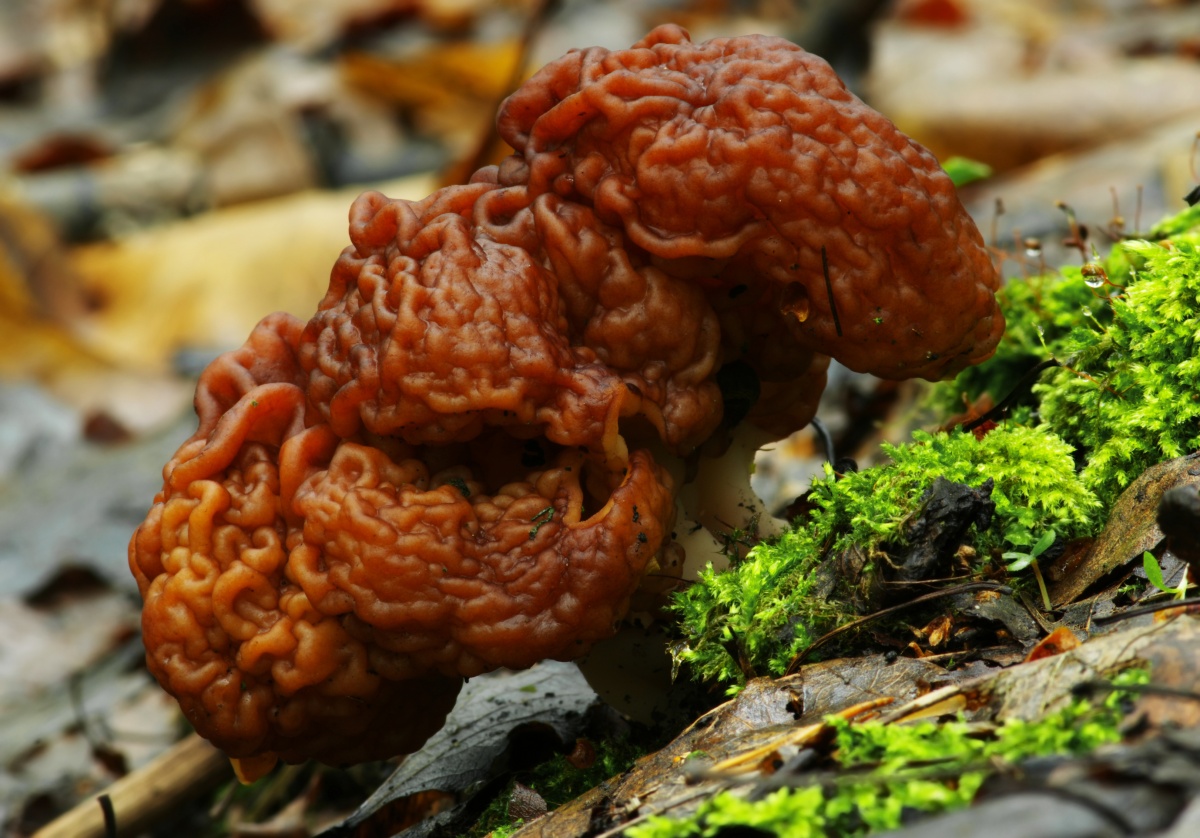
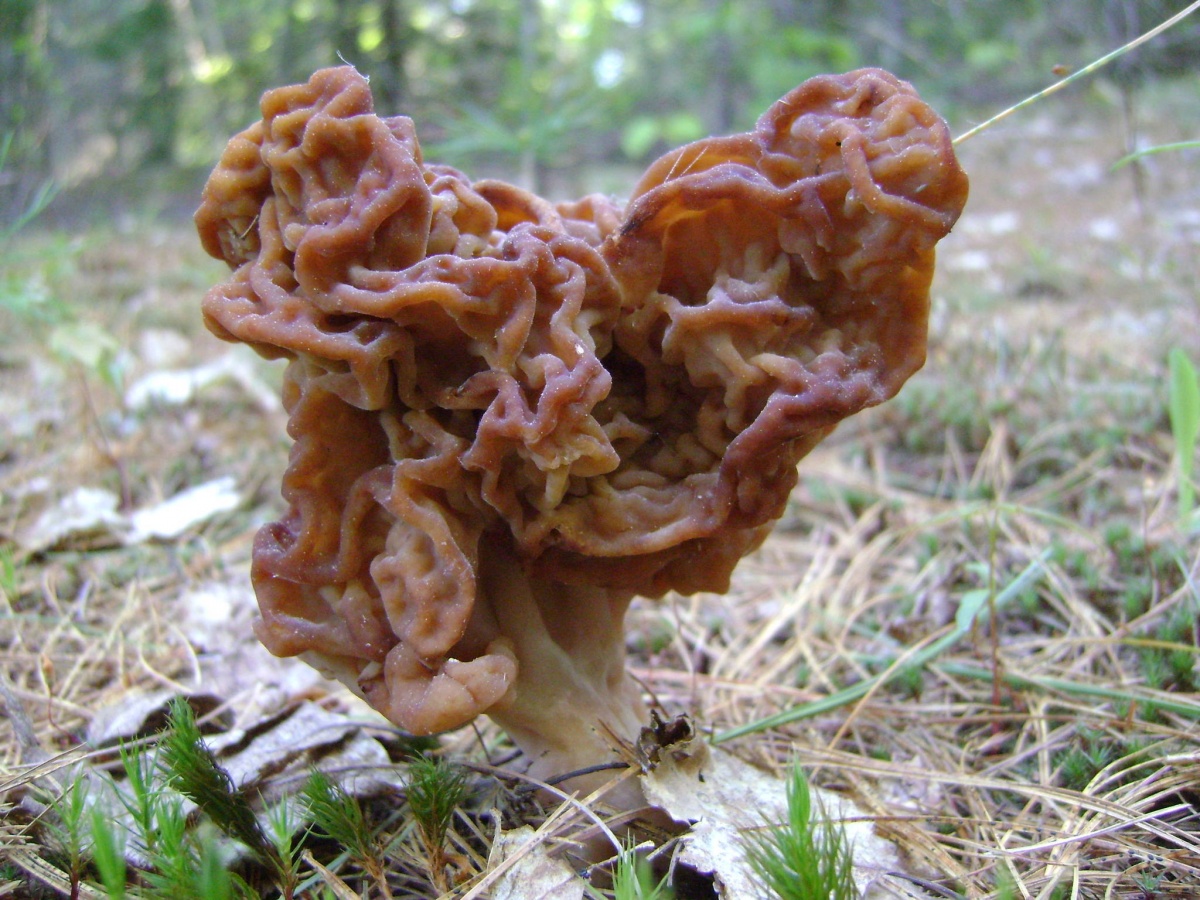
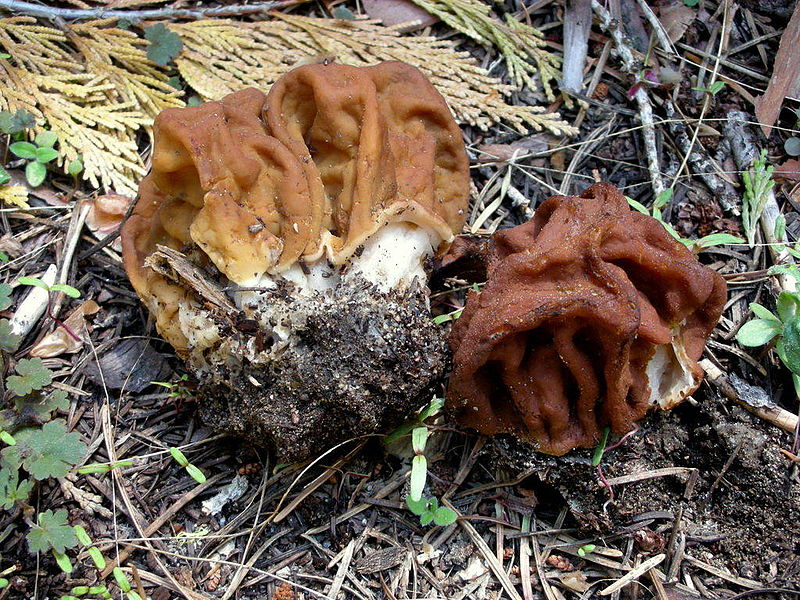
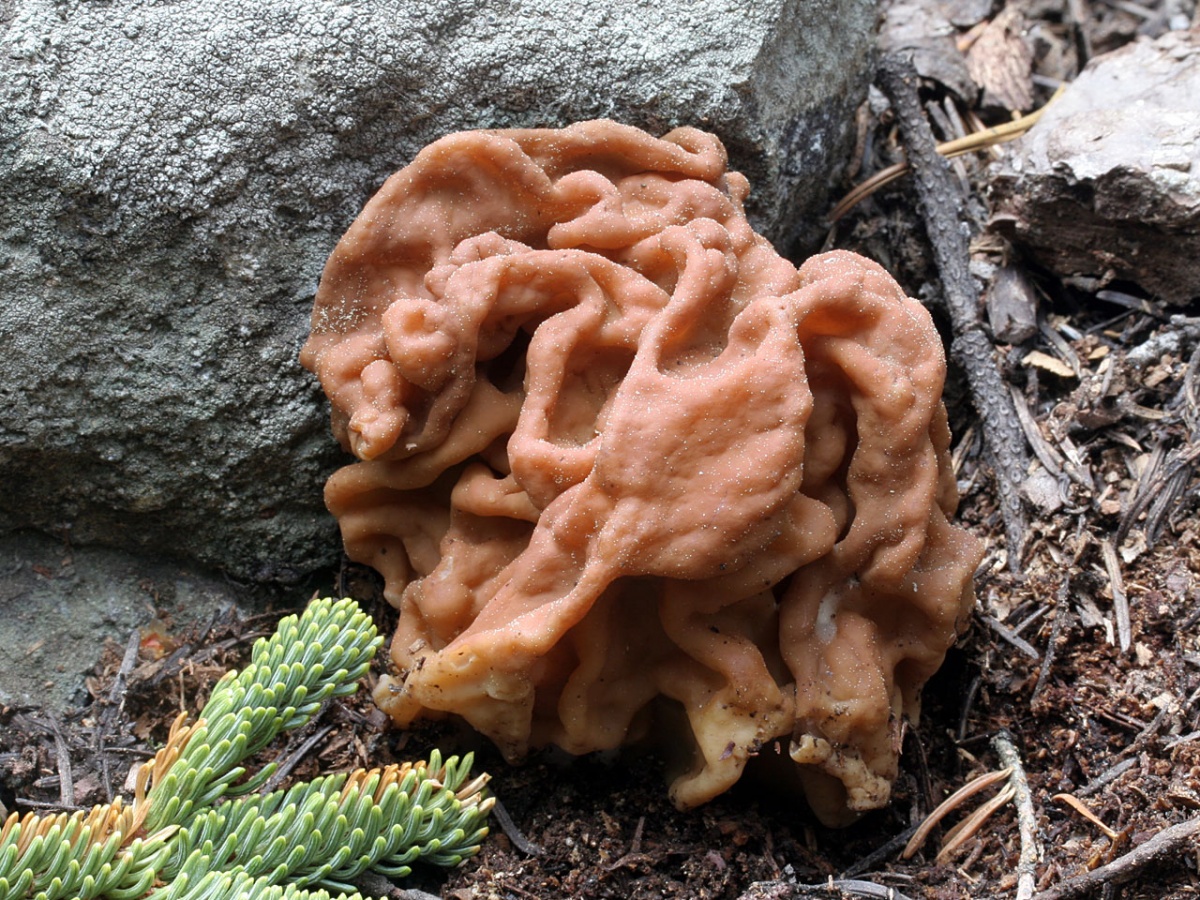
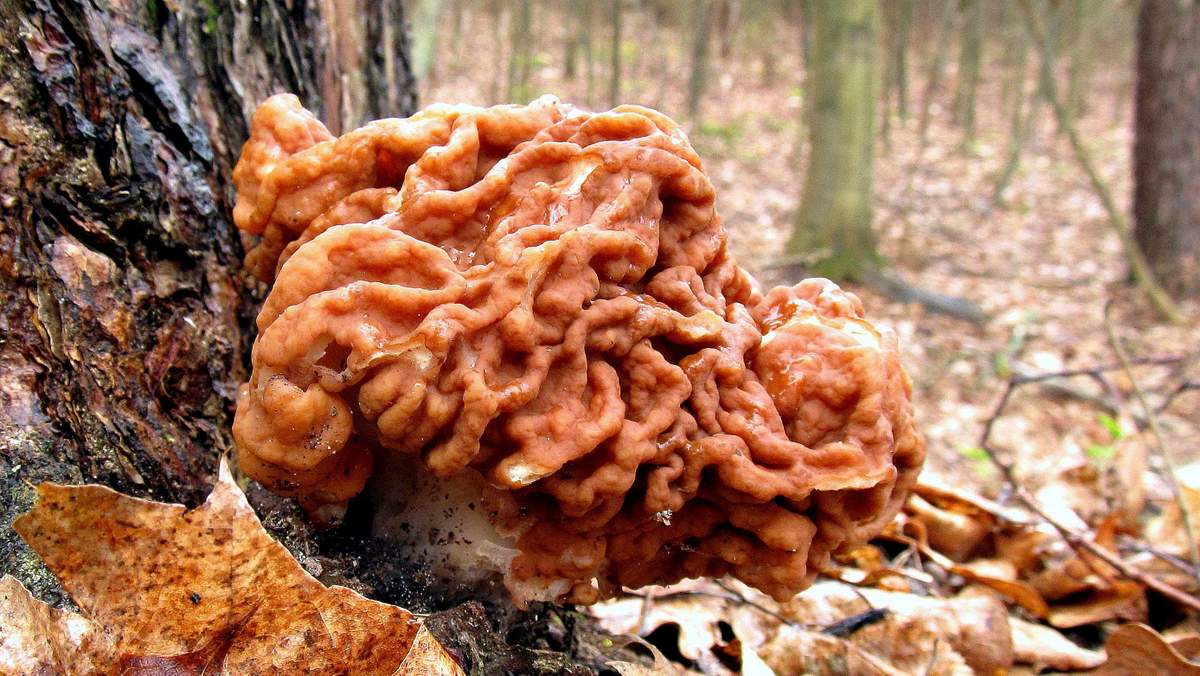
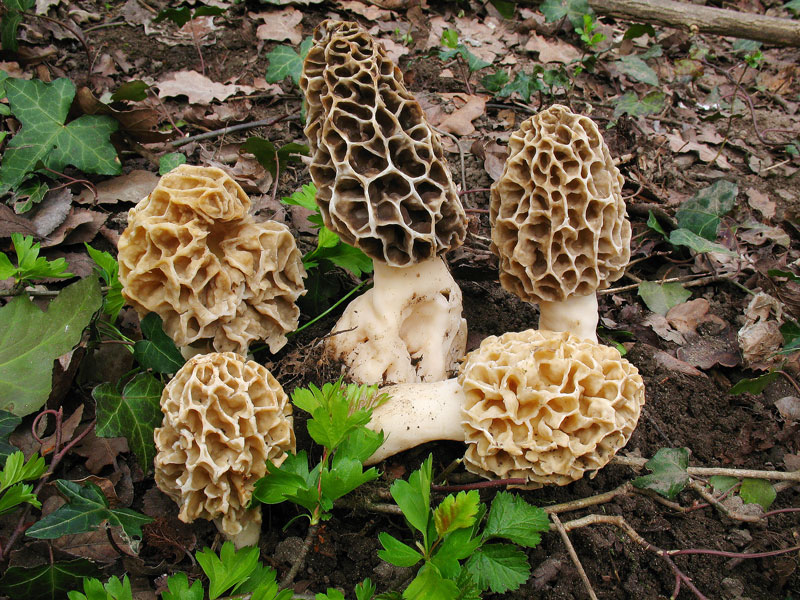
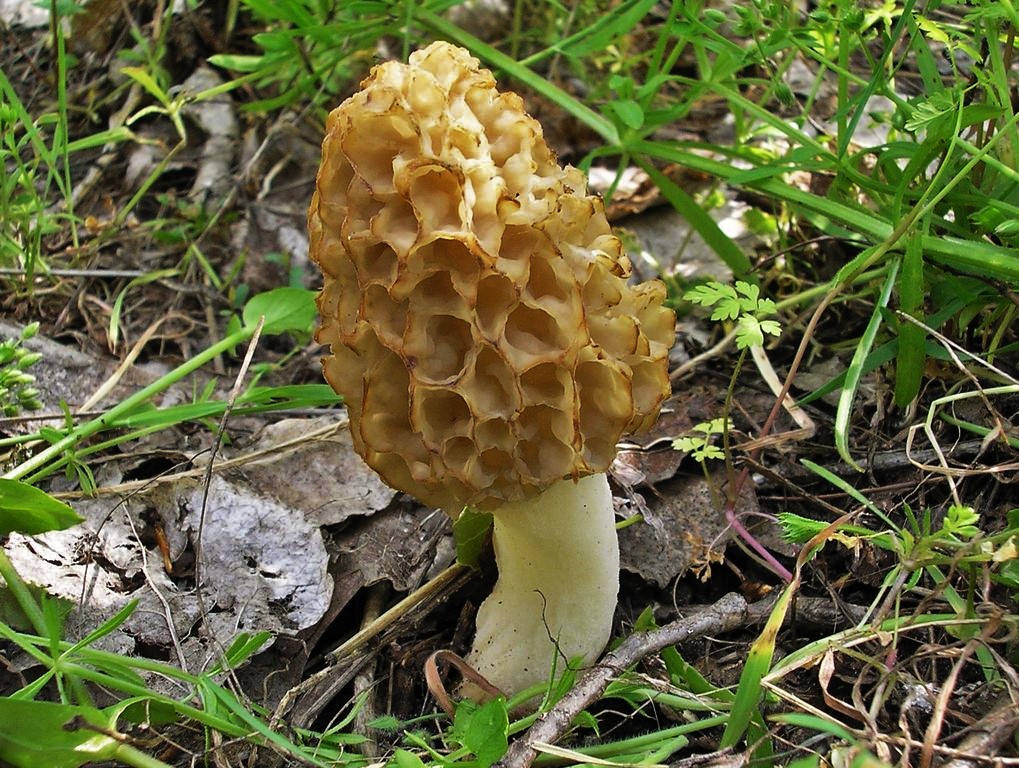
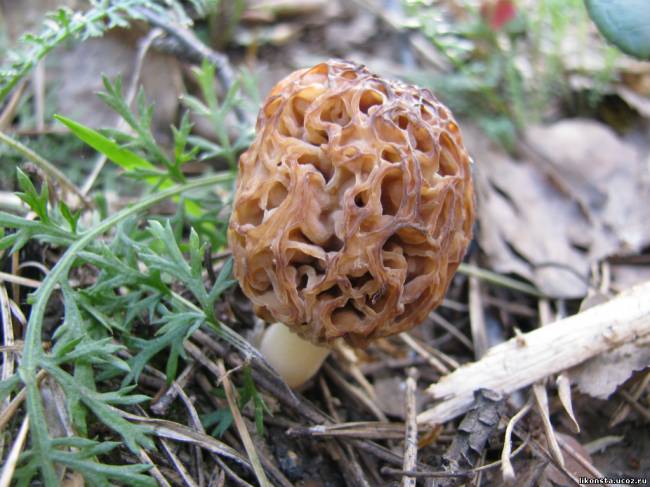
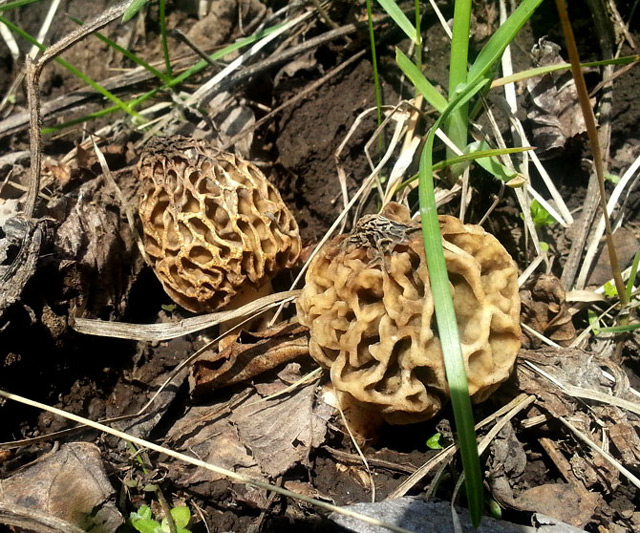
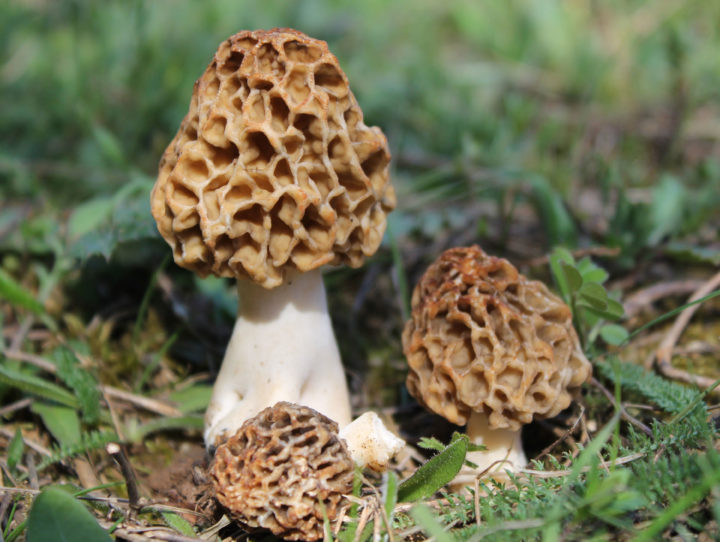
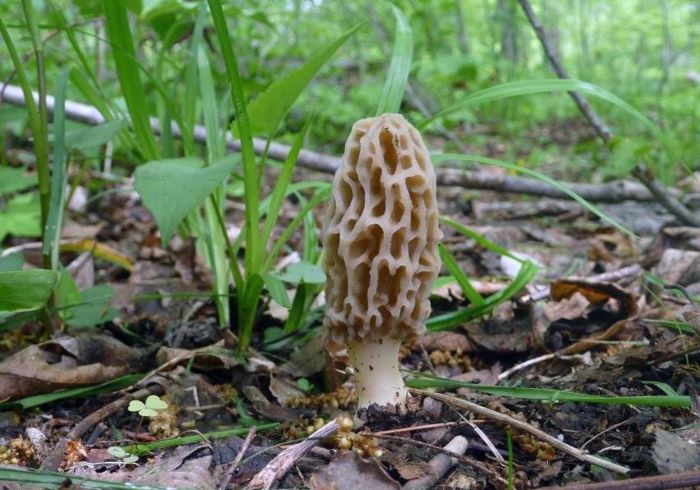
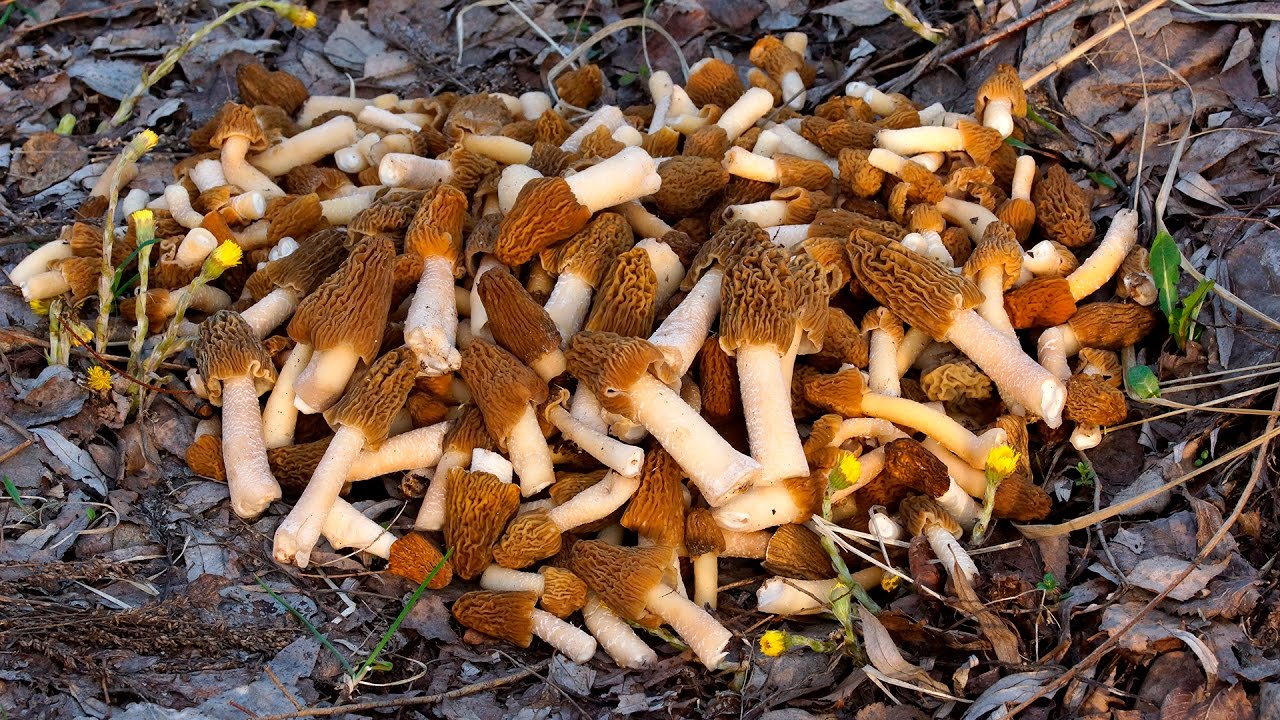
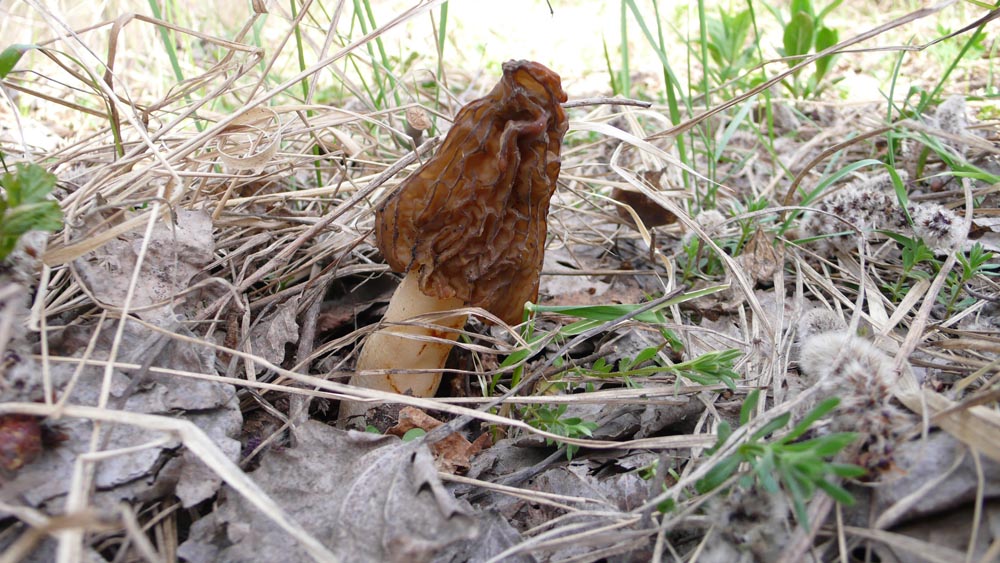
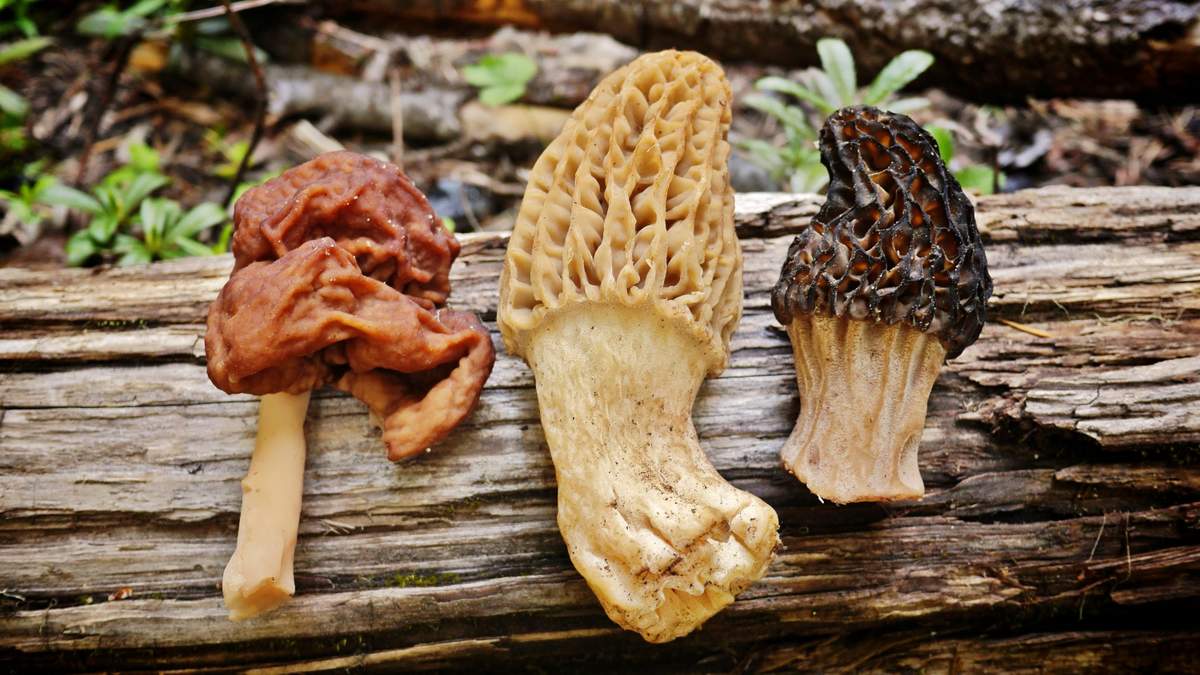
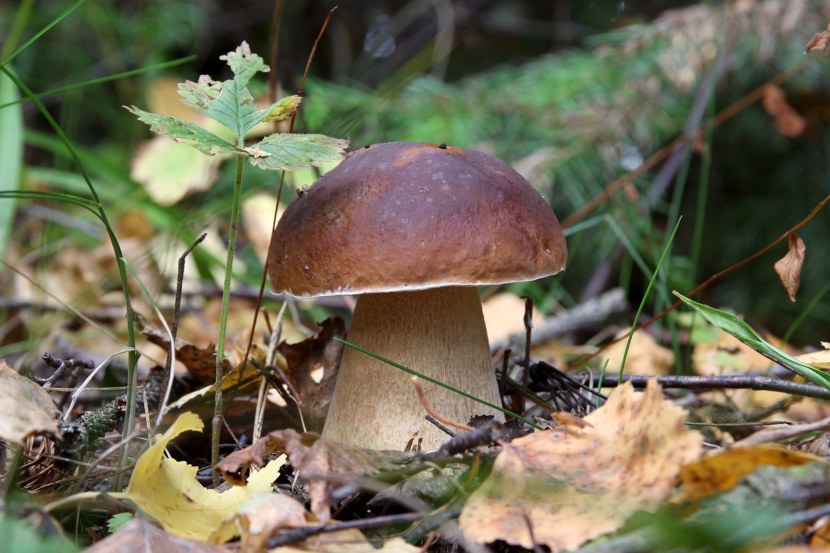
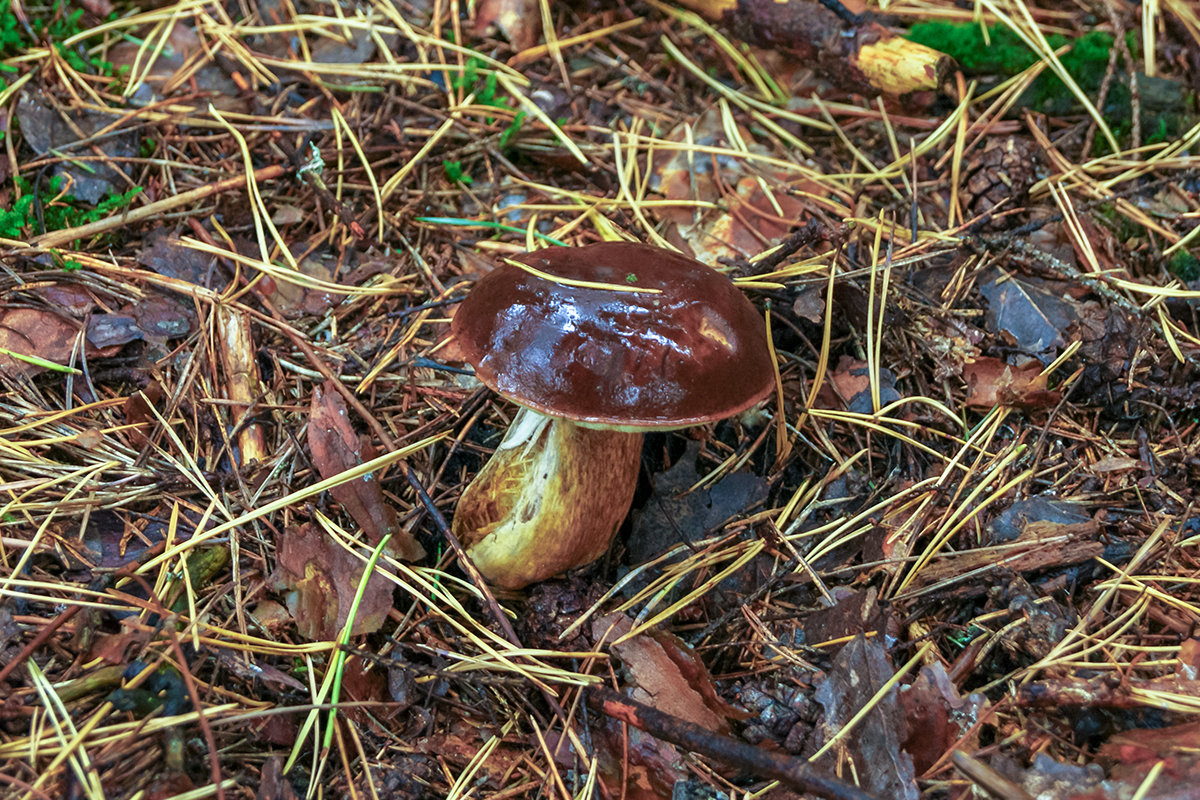
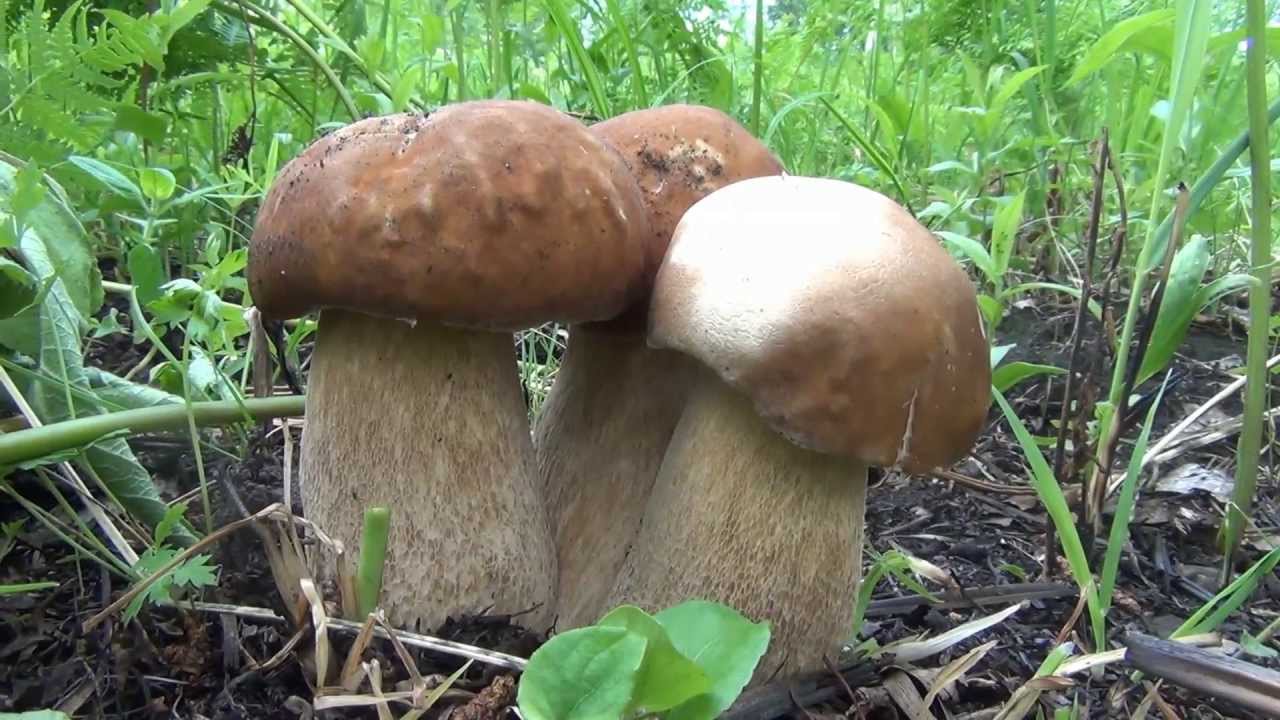
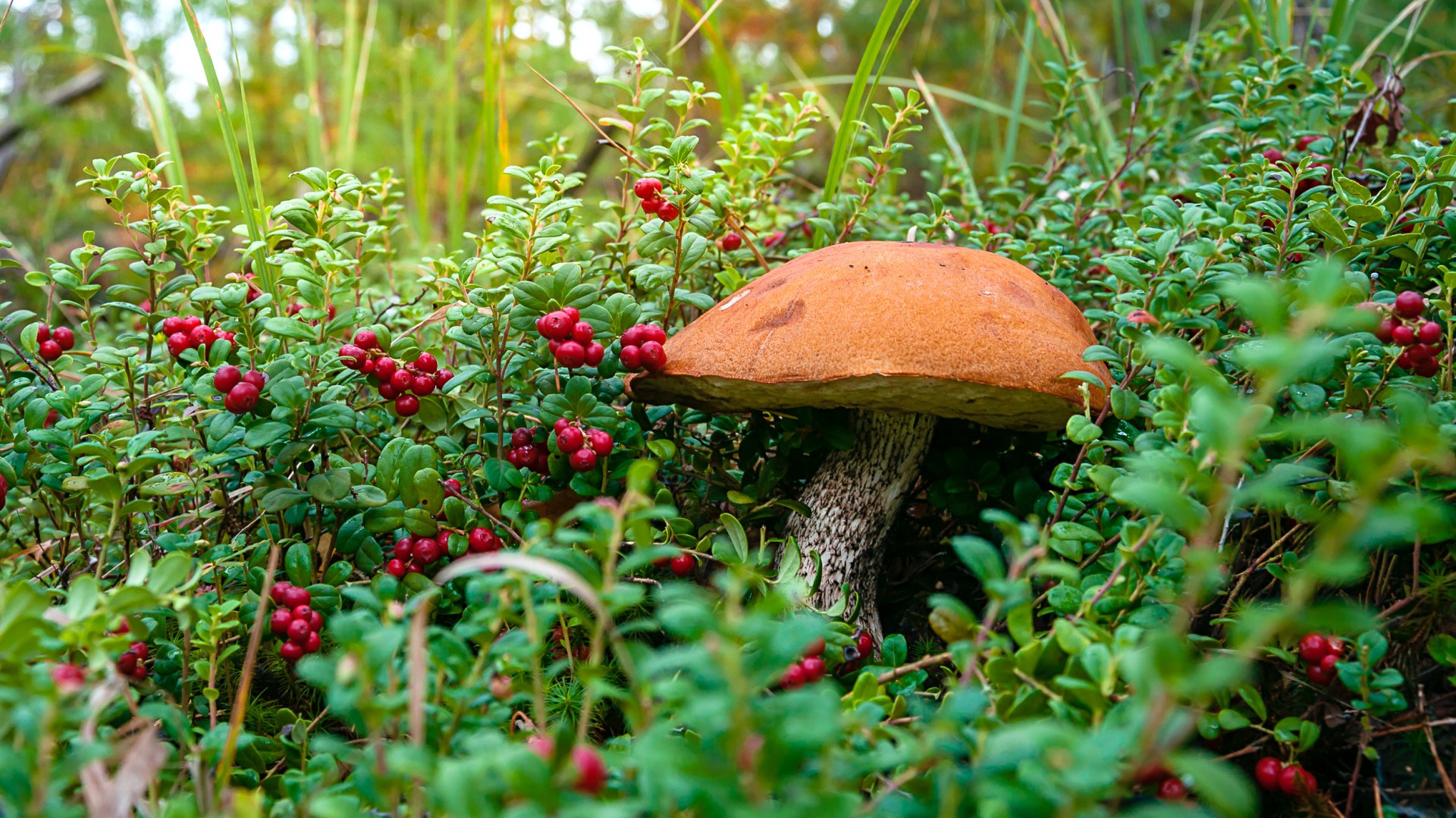
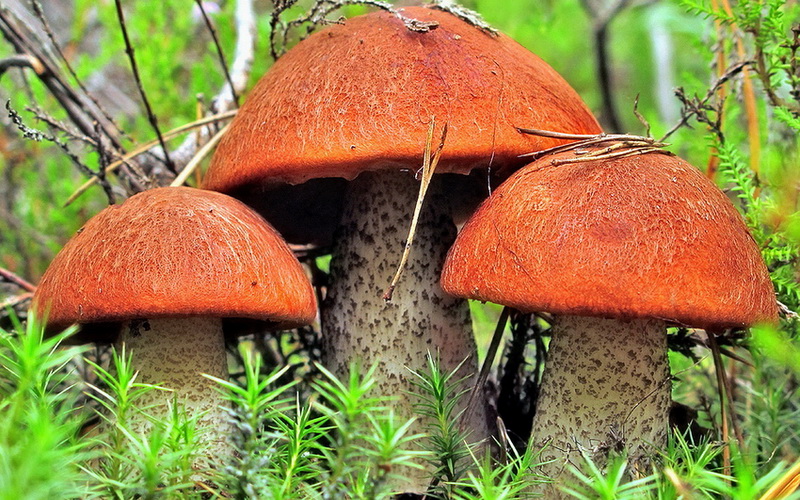
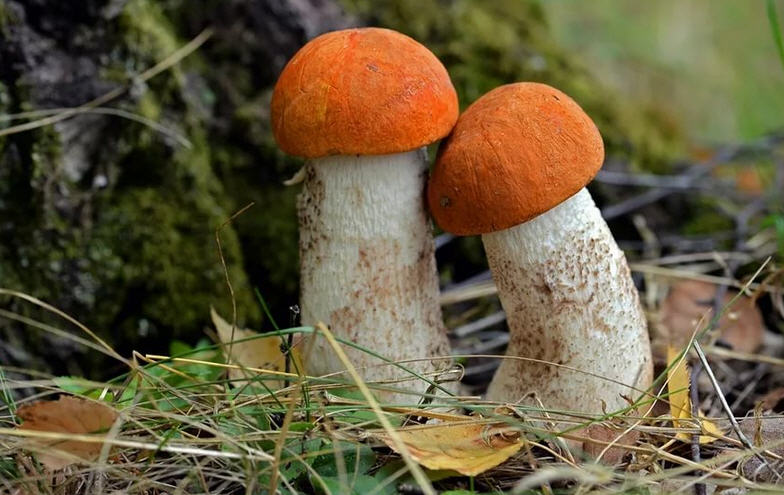
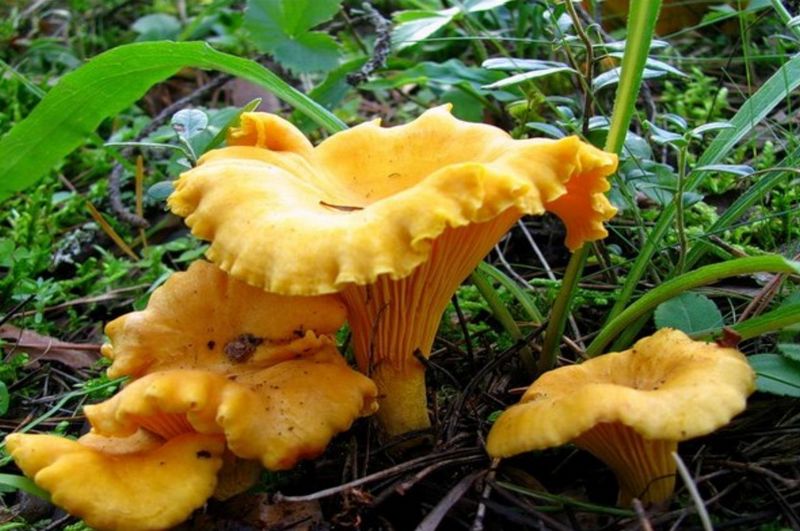
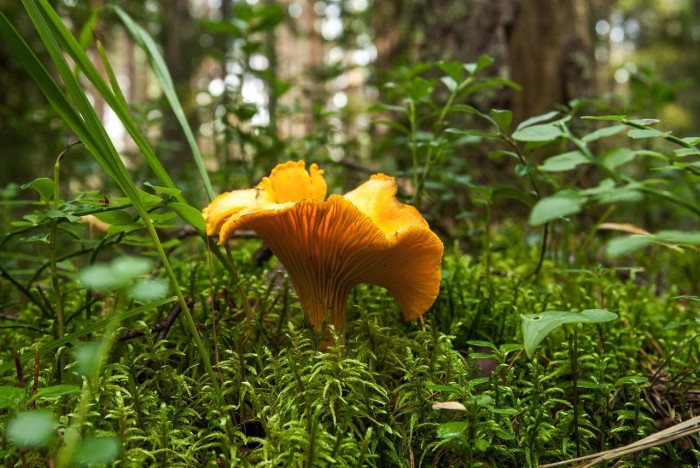
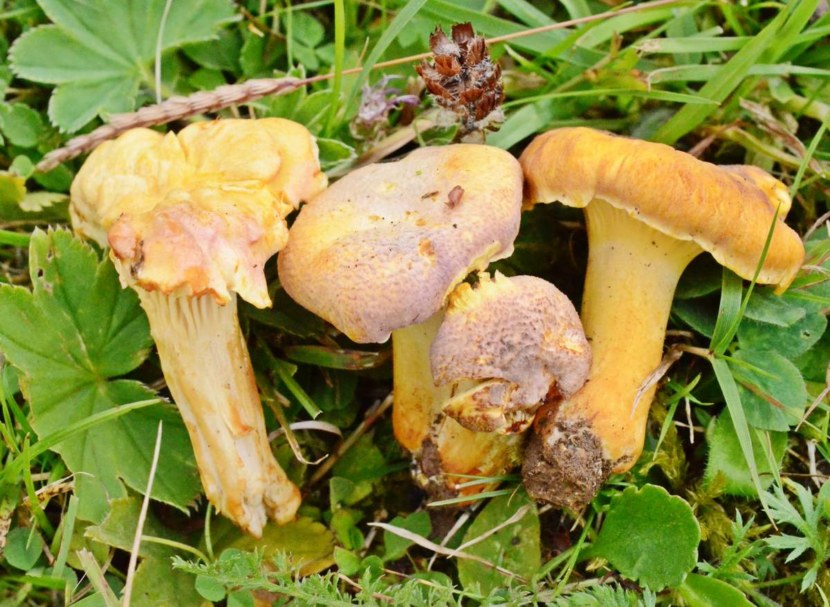
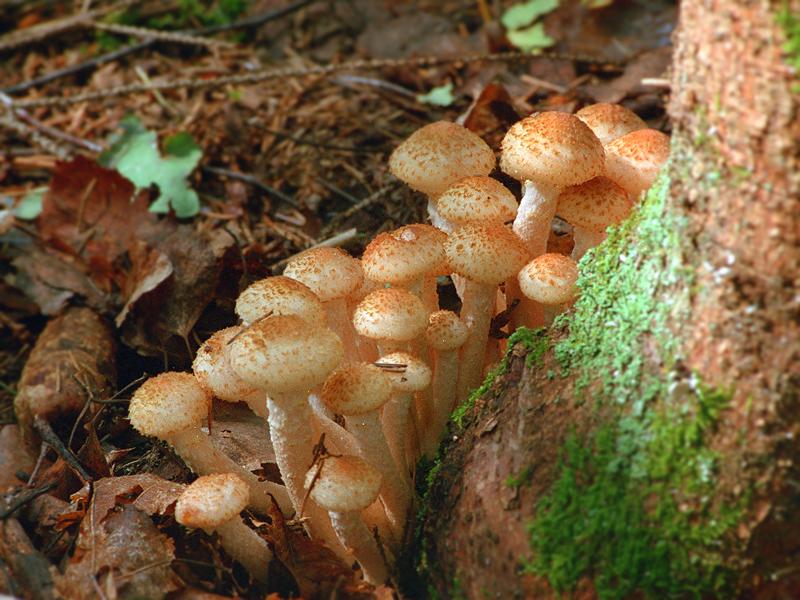
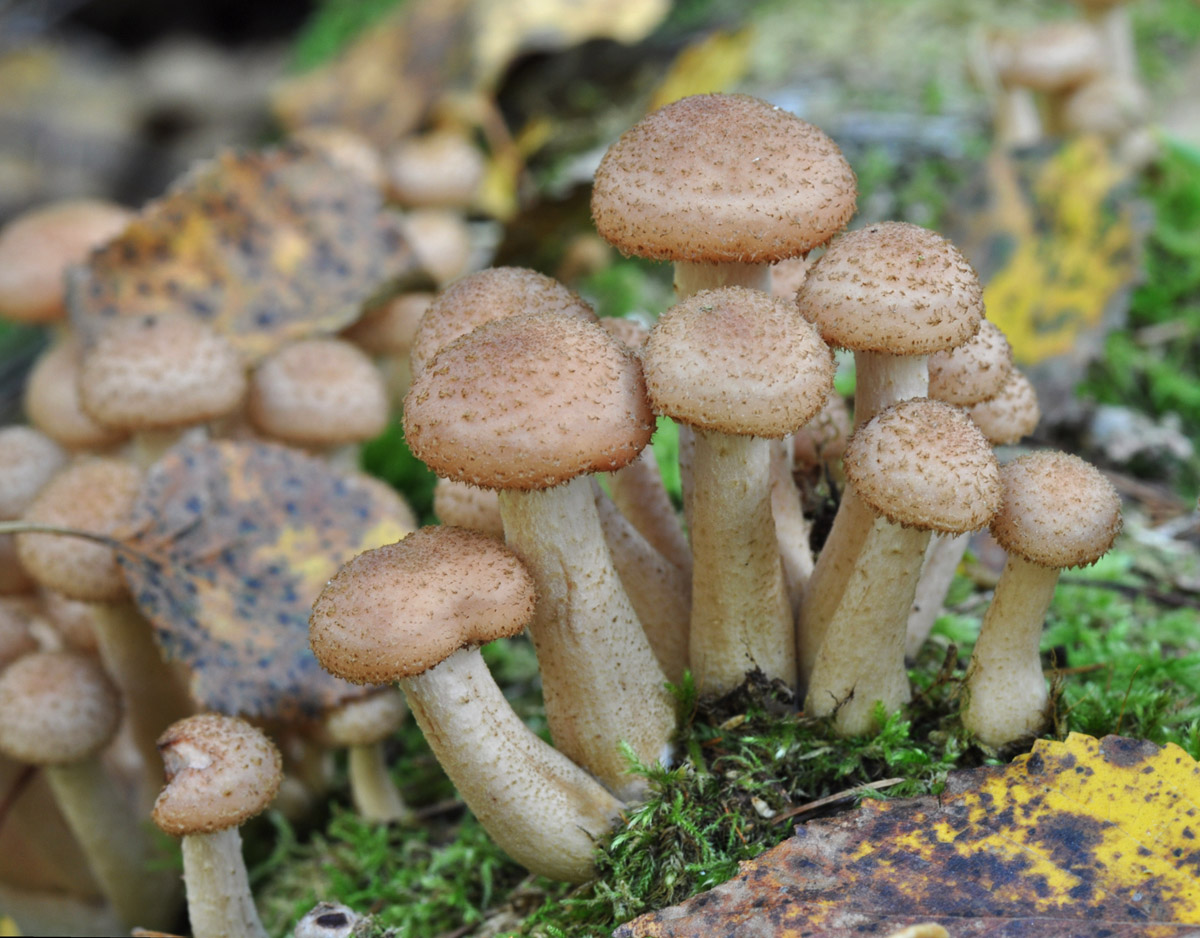

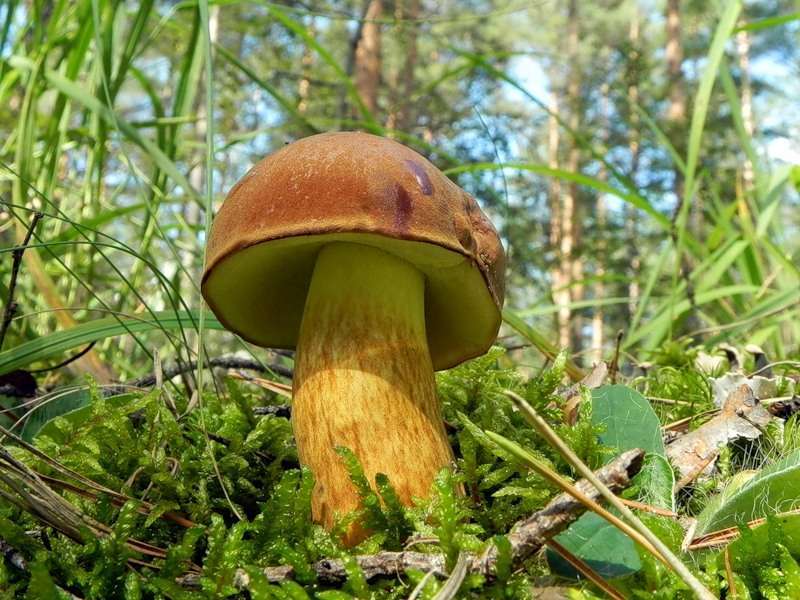
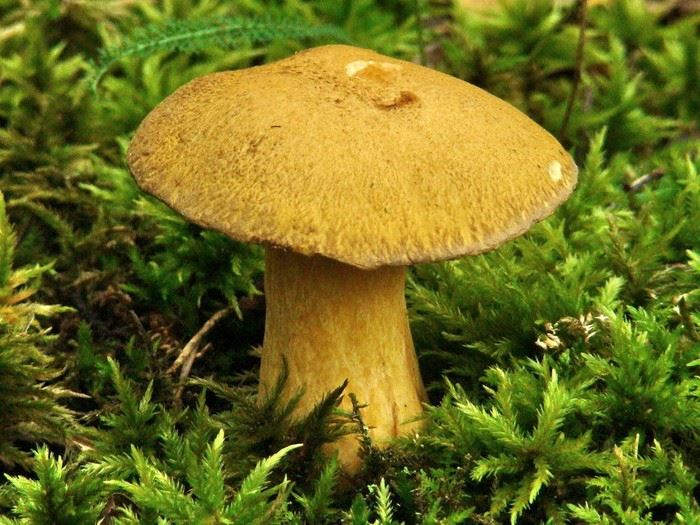
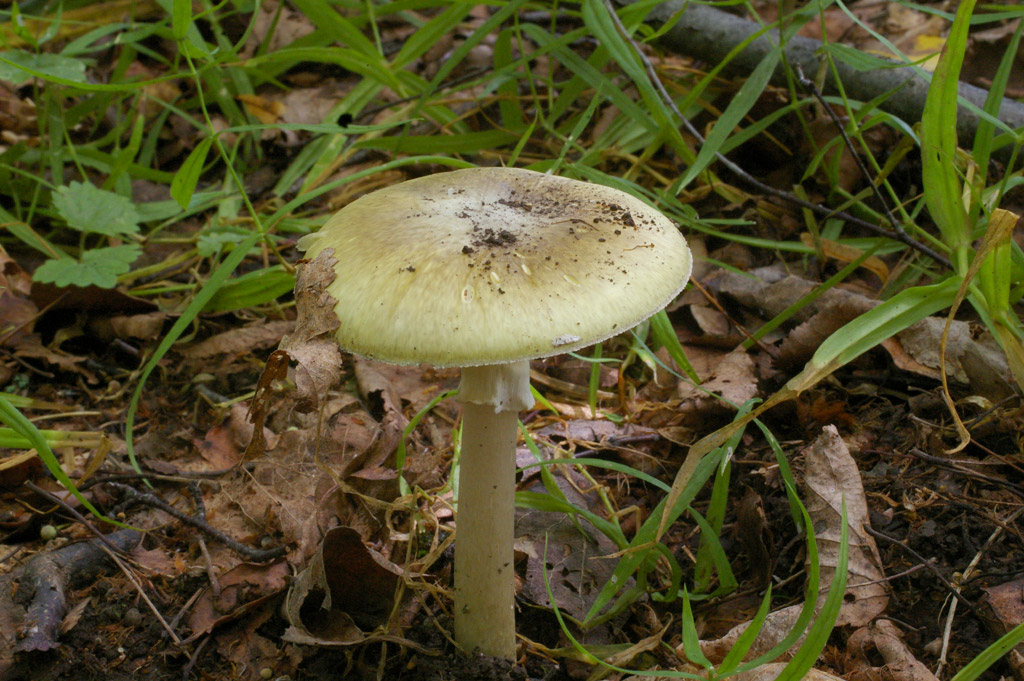
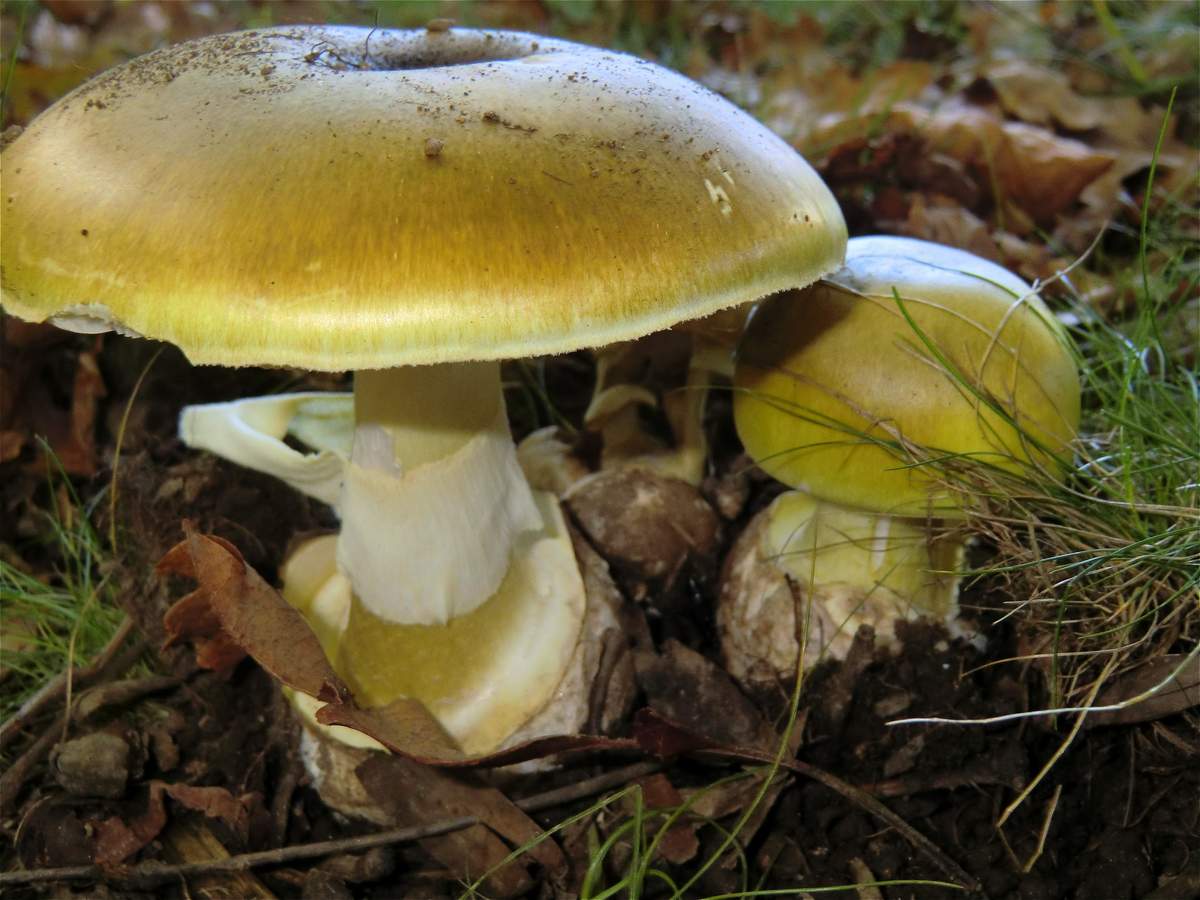
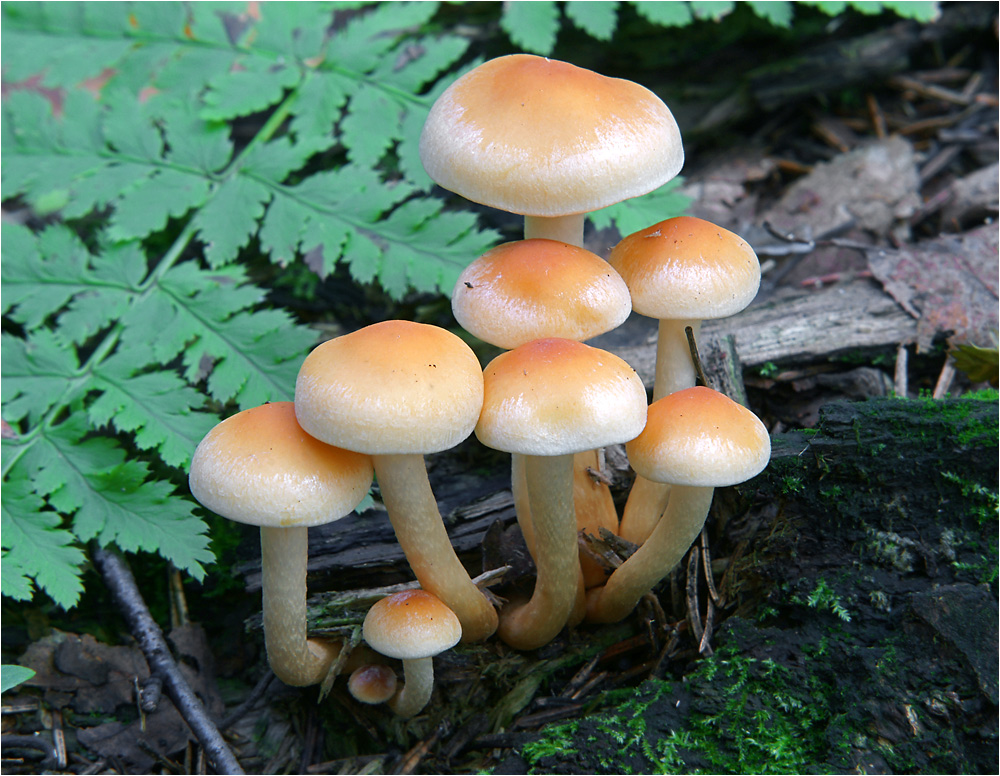
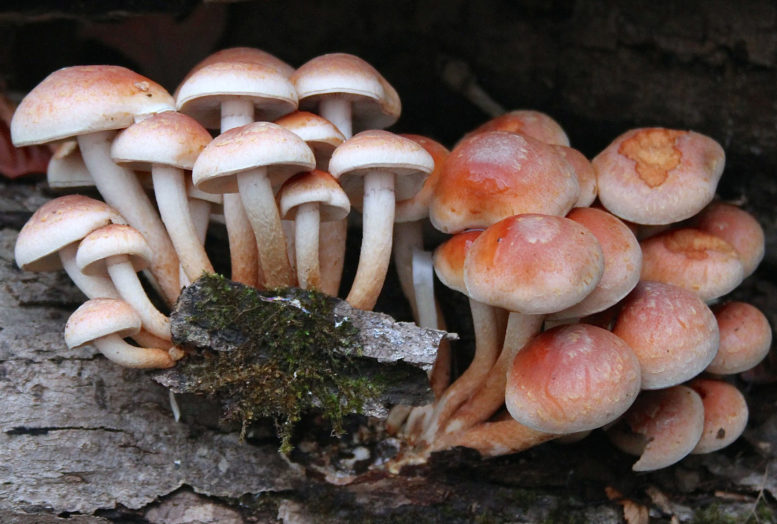
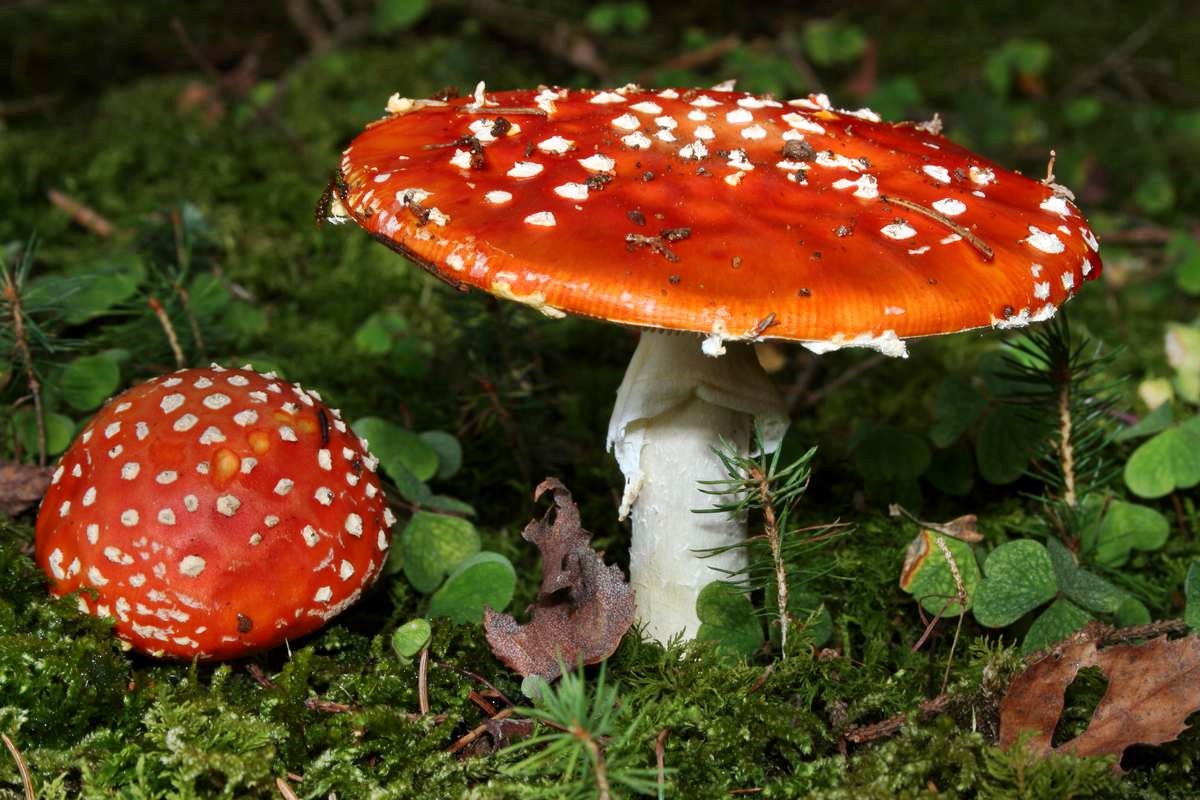
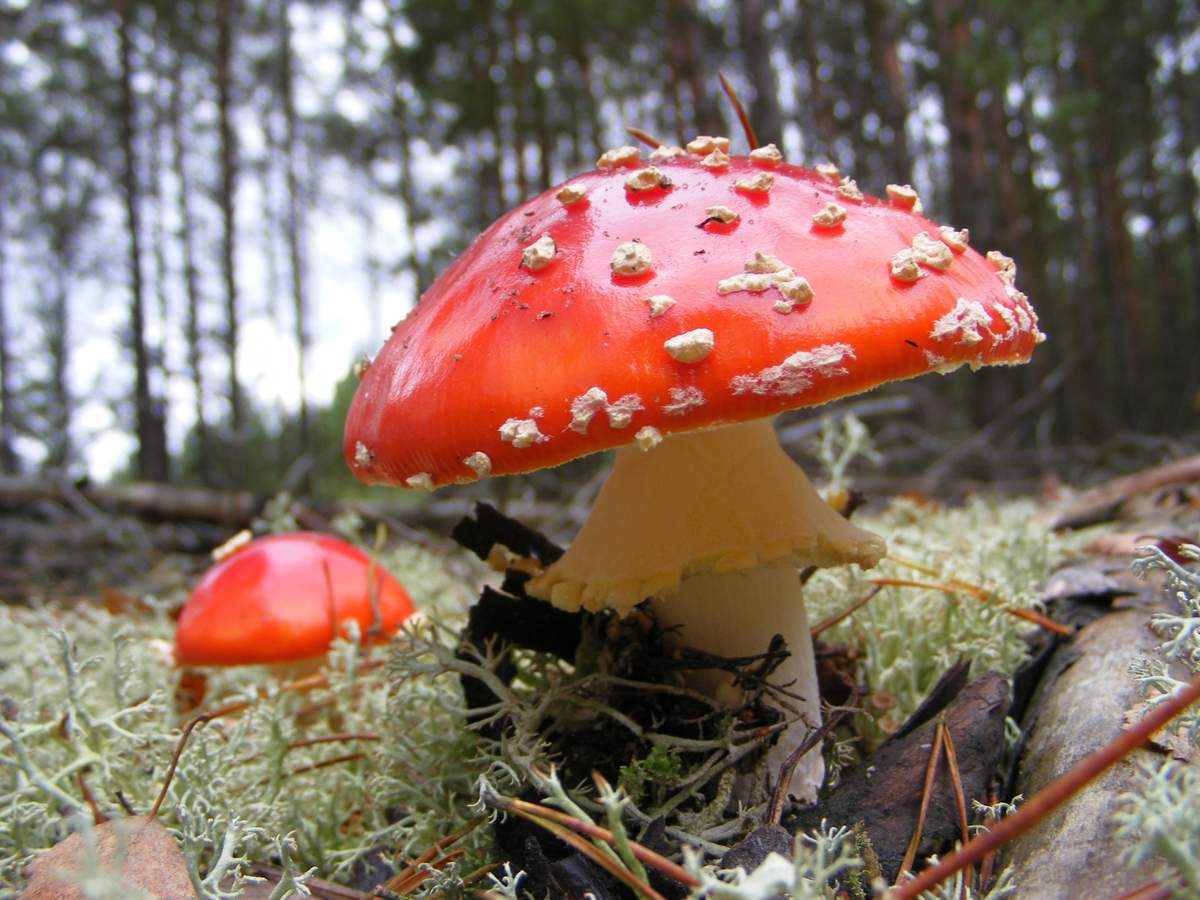
 Care and use of Kombucha at home (+22 photo)
Care and use of Kombucha at home (+22 photo) Edibility of the fungus of the motley umbrella and its description (+19 photo)
Edibility of the fungus of the motley umbrella and its description (+19 photo) Description of edible and inedible oils, their poisonous counterparts (+40 photos)
Description of edible and inedible oils, their poisonous counterparts (+40 photos) Useful properties of milk mushroom and its contraindications (+17 photos)
Useful properties of milk mushroom and its contraindications (+17 photos)